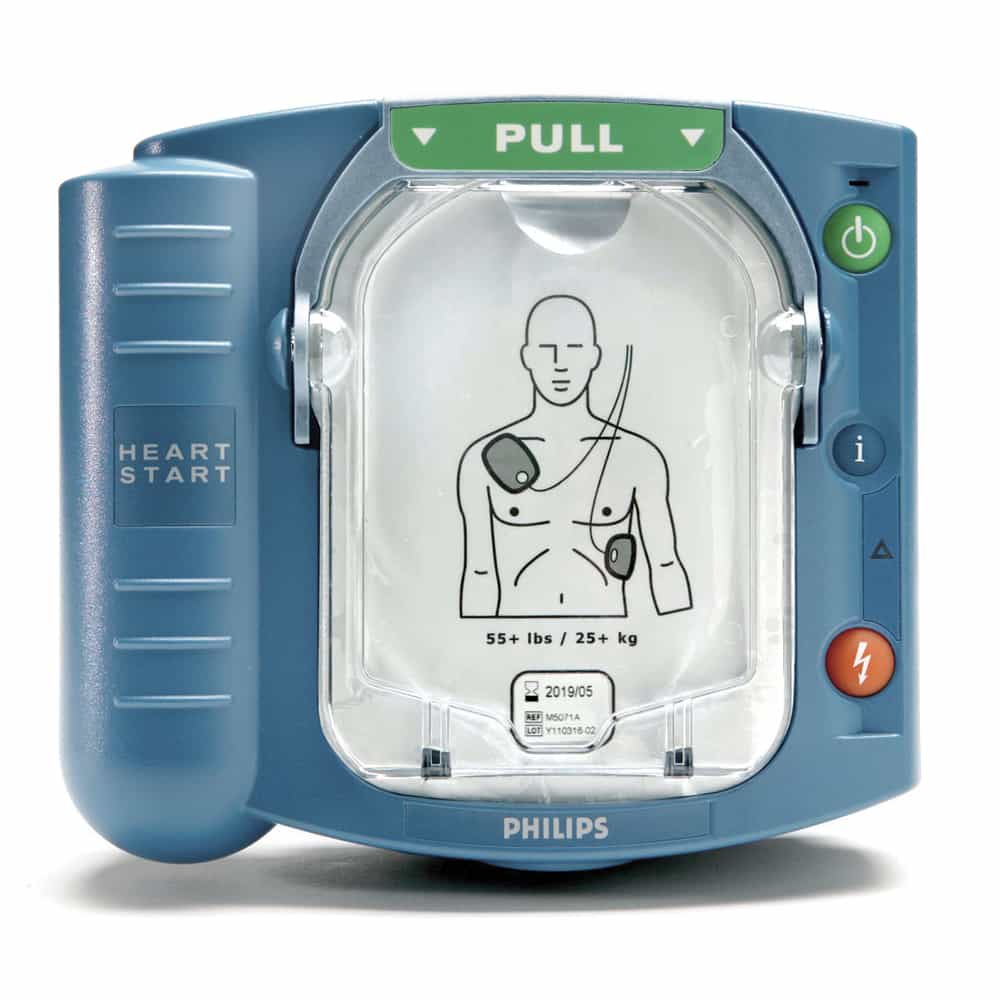
An automated external defibrillator (AED) is a portable electronic device that automatically diagnoses the life-threatening cardiac arrhythmias of ventricular fibrillation and ventricular tachycardia in a patient, and is able to treat them through defibrillation, the application of electrical therapy which stops the arrhythmia, allowing the heart to reestablish an effective rhythm.
With simple audio and visual commands, AEDs are designed to be simple to use for the layperson, and the use of AEDs is taught in many first aid, certified first responder, and basic life support (BLS) level cardiopulmonary resuscitation (CPR) classes.


If an AED is hooked up to a patient in the first 4-6 minutes, they have about a 92% chance of being resuscitated. Every minute thereafter, the patient loses about a 10% chance of being resuscitated. And 10 minutes after a sudden cardiac event (SCA) with no AED, the patient has less than a 5% chance of being resuscitated. LifeSure offers the only FDA approved Home AED in the U.S., The Philips HeartStart Home, in addition to the other AED models available.

